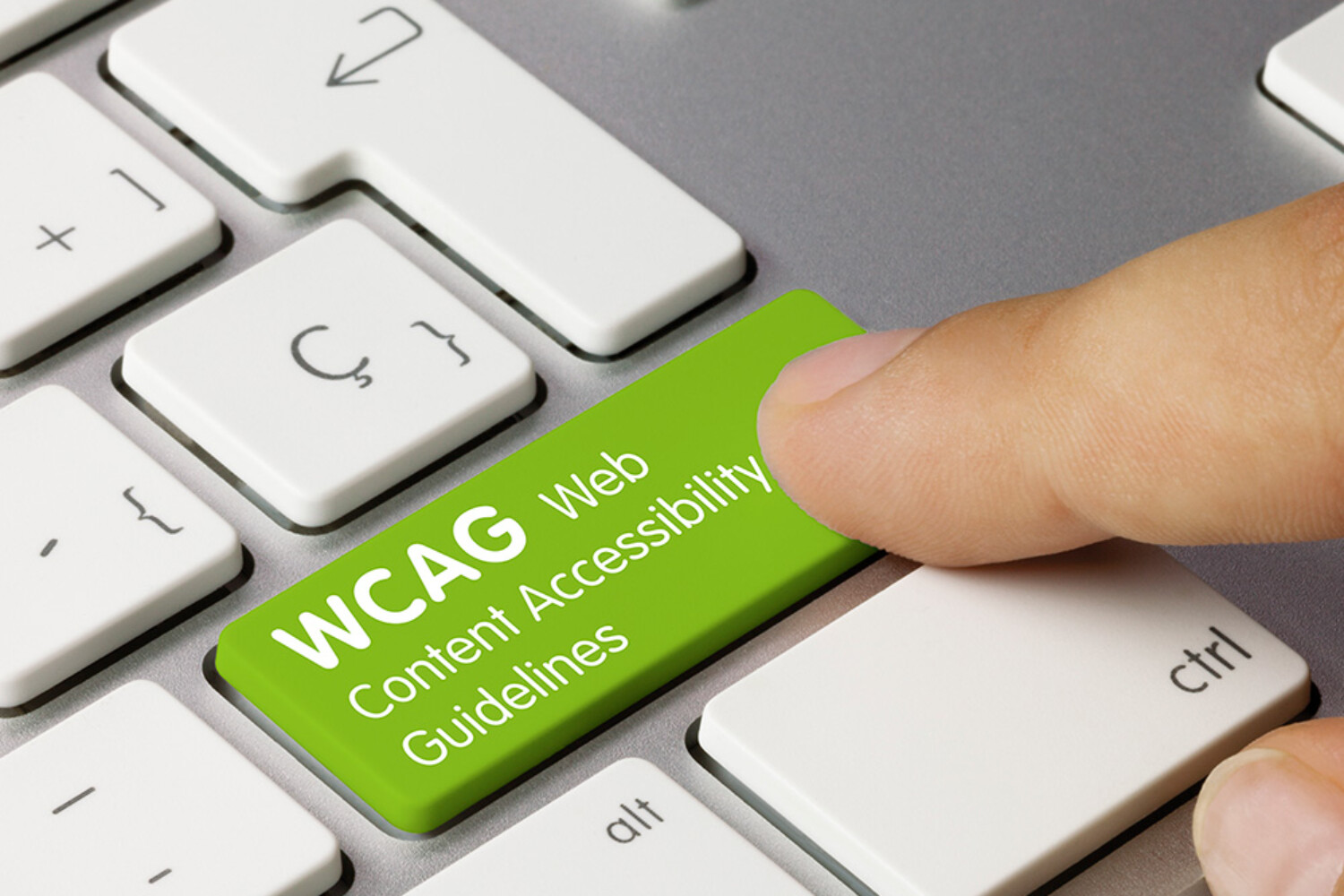In recent years, small businesses have been paying more and more attention to website accessibility, and specifically compliance with the Americans With Disabilities Act (or ADA). That’s a trend we’ve been trying to support, not only because it’s more inclusive, but also because it represents a good business strategy. After all, opening up your content to more viewers is never going to be a bad thing for sales.
Even though we have addressed this topic a few times in the past, today we want to get a little more tactical and dive into the nuts and bolts of ADA compliance. Let’s look at what you can do to ensure your website meets current Department of Justice guidelines…
Get Familiar With WCAG
This stands for the Web Content Accessibility Guidelines, which outlines the things an ADA-compliant website should include. Specific recommendations are made for text formatting, image and video delivery, and input mechanisms (as examples). These are helpful for not only laying down federal guidelines, but also giving a simple checklist full of details you might not have ever considered.
Naturally, this is the starting point for these types of projects at our web design firm.
Emphasize Easy Navigation
Usability is a huge topic in business web design right now, so it’s likely you’ve already thought about how much effort it takes for someone to get from one topic or area of your website to another. However, for a person with disabilities the flow of your site might feel quite a bit different.
By bringing WCAG and smart UX together, you can make minor tweaks to your pages that make it easier for those with physical or visual disabilities to do business with your company.
Clean Up Your Website Coding
Some users with disabilities may use special browsers or tools to interact with your website. However, for them to function correctly it’s crucial that your code be clean, clear, and up-to-date. That means having the right tags and programming elements, as well as taking away extra lines or characters.
These aren’t difficult or expensive changes to make and can improve the overall function of your website while also making it ADA compliant.
Make Use of Accessibility Testing Tools
There are a number of tools a good web design firm will use to test for ADA compliance and accessibility, including those developed by Job Access With Speech (JAWS) and the American Federation for the Blind. Also, it’s important to test content on different browsers and using plug-ins that a user with disabilities might.
This is, once again, an area where a bit of simple preparation, testing, and awareness can go a long way. So don’t work with a web designer who isn’t performing these double checks on your behalf.
Stay Compliant Going Forward
ADA website guidelines are relatively new, and best practices are changing all the time. So, even if your website is completely compliant today, that doesn’t mean you can afford to ignore the topic going forward. To do so might put you on the wrong side of federal rules. And just as importantly, it could end up costing you a lot of money.
Luckily, web design firms like ours can help you stay ADA compliant without increasing your marketing budget or interrupting the flow of your website. Contact us today to find out more.
Want to Test Your Current Website for ADA Compliance?
The best way to begin this journey, and to ensure your website is current with ADA laws and regulations, is to have a trusted web design partner look through your existing website. That’s where we come in.
Organiq Media, Inc. is offering complementary ADA compliance reviews for small business websites. Contact us today so we can help you look through your pages to spot trouble areas and opportunities you might have missed. It’s the perfect way to make sure you’re covered, and to find cost-effective tweaks that keep your business moving on the right track.



